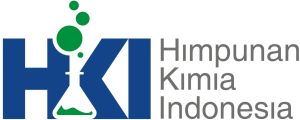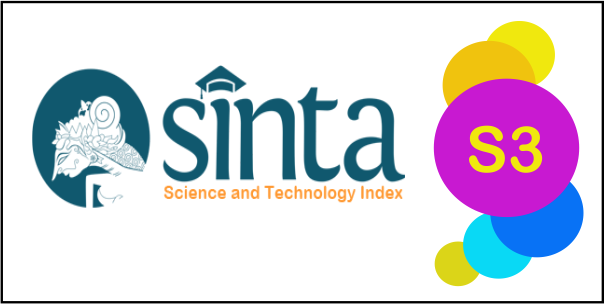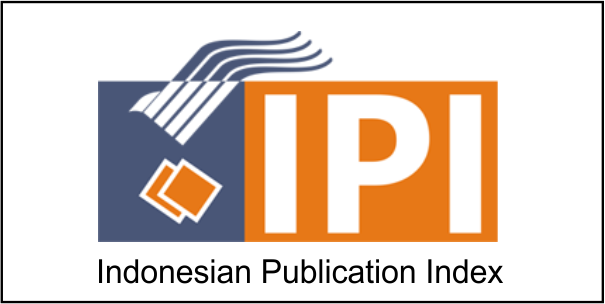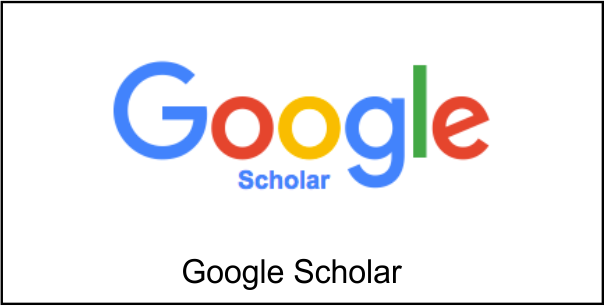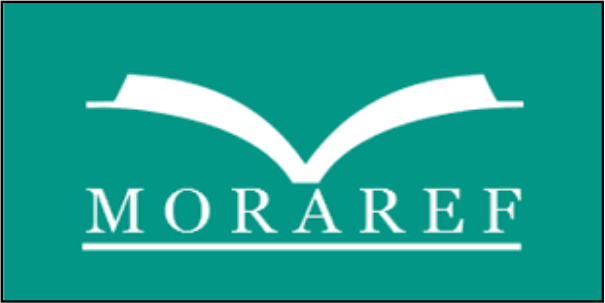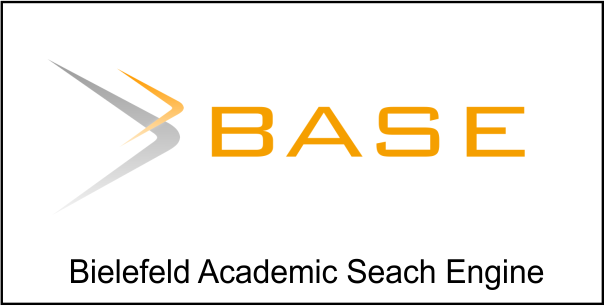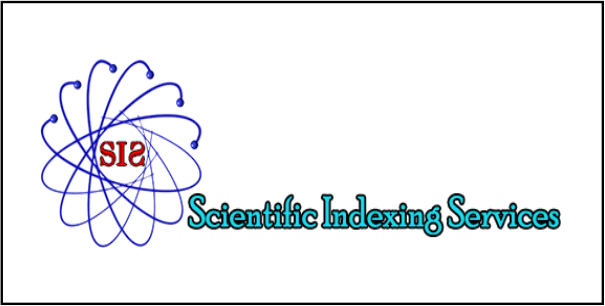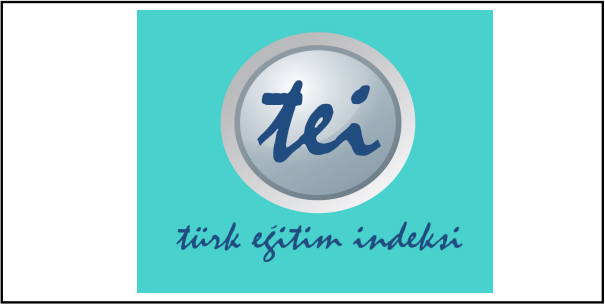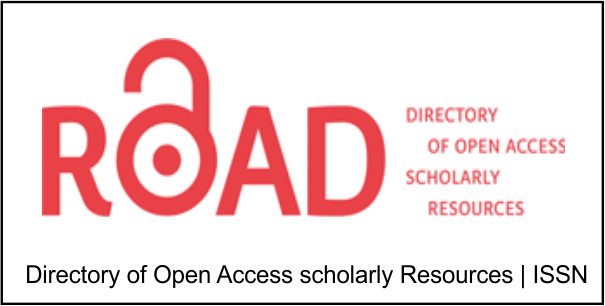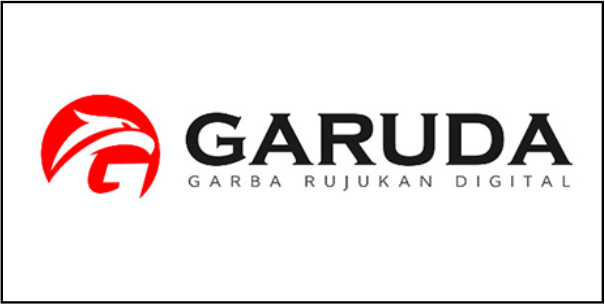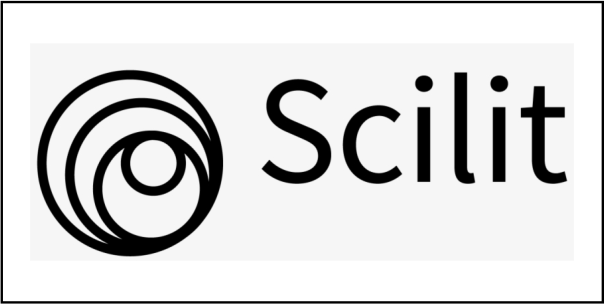- Focus and Scope
- Section Policies
- Peer Review Process
- Publication Frequency
- Open Access Policy
- Archiving
- Screening for Plagiarism
Focus and Scope
QUANTUM: Jurnal Inovasi Pendidikan Sains contains articles in the form of a review, the results of complete research or critical analysis study of Science Education (Chemistry, Biology, Physics, and Applied Science)
Section Policies
Articles
Peer Review Process
All manuscripts submitted to this journal must follow focus and scope, and author guidelines of this journal. The submitted manuscripts must address scientific merit or novelty appropriate to the focus and scope. All manuscripts must be free from plagiarism contents. All authors are suggested to use plagiarism detection softaware to do the similarity checking. Editors check the plagiarism detection of articles in this journal by using a Turnitin software
The research article submitted to this journal will be blind-peer-reviewed by at least 2 (two) or more expert reviewers. The reviewers give scientific valuable comments improving the contents of the manuscript
Final decision of articles acceptance will be made by Editors according to reviewers comments. Publication of accepted articles including the sequence of published articles will be made by Editor in Chief by considering sequence of accepted date and geographical distribution of authors as well as thematic issue
Publication Frequency
QUANTUM: Jurnal Inovasi Pendidikan Sains published twice a year in April and October
Open Access Policy
This journal provides immediate open access to its content on the principle that making research freely available to the public supports a greater global exchange of knowledge
Archiving
This journal utilizes the LOCKSS system to create a distributed archiving system among participating libraries and permits those libraries to create permanent archives of the journal for purposes of preservation and restoration. More...
Screening for Plagiarism
To check the possibility of plagiarism, using the application TURNITIN.
The article must below 20% of plagiarism.
Plagiarism include:
- Word for word Plagiarism. The author uses the words of other authors (exactly) without mentioning the source.
- Plagiarism over the source. The author uses the idea of others without giving enough recognition (without mentioning the source expressly).
- Plagiarism of Authorship. The author acknowledged as the author of the paperwork of others.
- Self Plagiarism. Included in this type are authors publish one article in more than one editor of the publication, and recycle papers. That is important in self-plagiarism is that when taking his own works, then the creation of new works produced must have a meaningful change. This means that the old Works is a small part of the new works were produced. So readers will get new stuff, which is really the author of pour on the paper using the old paper.




1.png)
